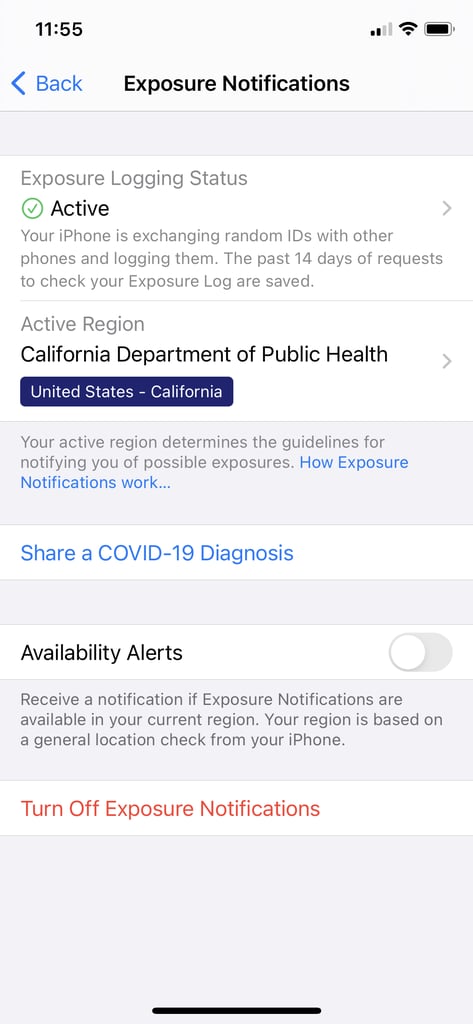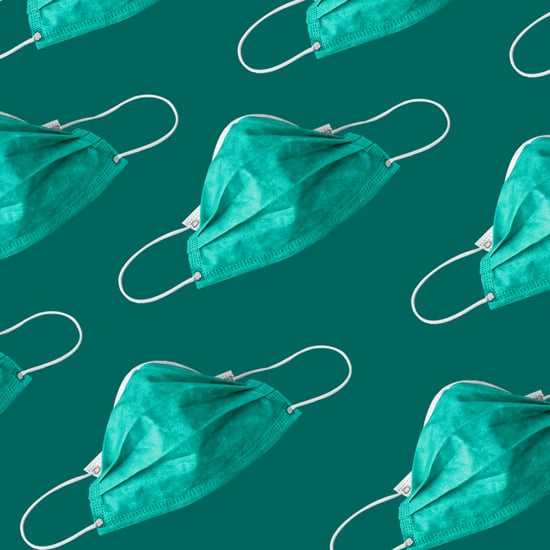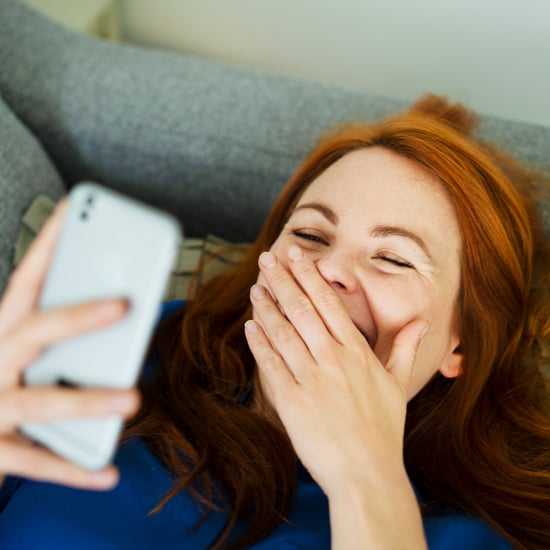How to Get COVID-19 Exposure Alerts on iPhone and Android
Some Smartphones Are Equipped With COVID-19 "Exposure Alerts" — Here's How to Turn Them On
Your phone can be a very powerful tool when it comes to evading COVID-19. In the interest of public health and safety, Apple and Google have programmed "exposure alert" notifications into iPhones and Android devices across 18 U.S. states and territories. For those living in these regions, all you have to do is turn them on.
These notifications are a form of contact tracing that allows your phone to share randomly generated IDs with the phones around you via Bluetooth to alert you if you've come within an unsafe distance of someone who has been exposed to COVID-19. When your phone detects an ID from another device, it records and stores that ID onto your device. In order to prevent data tracking, these random IDs change every 10-20 minutes, which means your identity and location remain private and your phone cannot be traced via your ID code.
What Do I Do If Someone Reports a COVID-19 Diagnosis?
Anyone who has exposure notifications turned on can then report if they have received a positive COVID-19 diagnosis via a medical professional. To do this, your test centre or other health care provider must provide a PHA-generated verification code by email, text, or over the phone. You can then input this code in the exposure notifications centre to alert anyone (with exposure notifications also turned on) who may have come into contact with you, and vice versa. As a result, the more people who have the alerts turned on, the higher the success rate of notifying people of potential health hazards as soon as possible. It's worth noting that the accuracy of these alerts can vary depending on the strength of your Bluetooth at the time you came into contact with someone, as well as signal interferences like someone walking in between you and another person.
How Do I Turn on Notifications?
The new smartphone tool was first rolled out in Virginia in August but has since expanded to 17 states and territories: Alabama, Colorado, Connecticut, Delaware, Guam, Maryland, Michigan, Minnesota, Nevada, New Jersey, New York, North Carolina, North Dakota, Pennsylvania, Washington, D.C., and Wyoming. Additionally, five states are piloting exposure notifications with limited populations, including Arizona, California, Hawaii, Oregon, and Washington.
Anyone who travels from one of these states to another state on the list can still receive a notification if they've been exposed, even if the exposure doesn't take place in the state where their notifications were initially turned on, according to Today. This is thanks to the Association of Public Health Laboratories, which hosts the majority of the servers sending out these alerts. To activate exposure notifications on an Android phone, you have to download your state or region's official app and turn on Bluetooth. If your state is on the list and you're an iPhone user, keep reading to see a step-by-step breakdown on how to turn on the notifications for the safety of yourself and those around you.
Start by Going to Your Phone Settings and Searching For "Exposure Notifications"
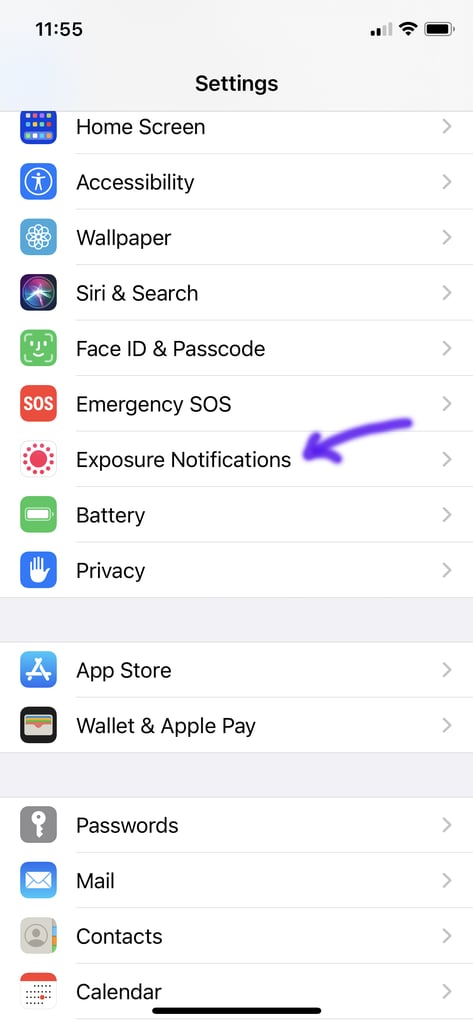
Select "Turn on Exposure Notifications"
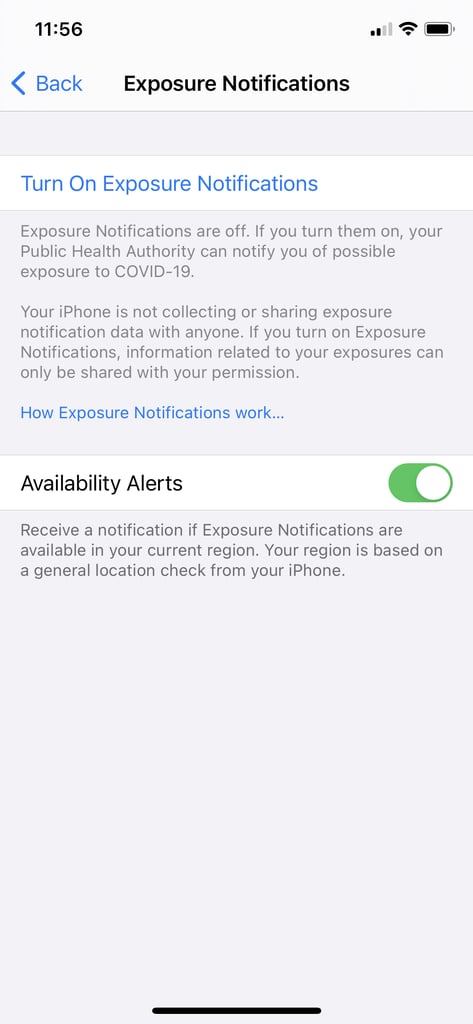
Read Up on How Exposure Notifications Work, and Hit "Continue"
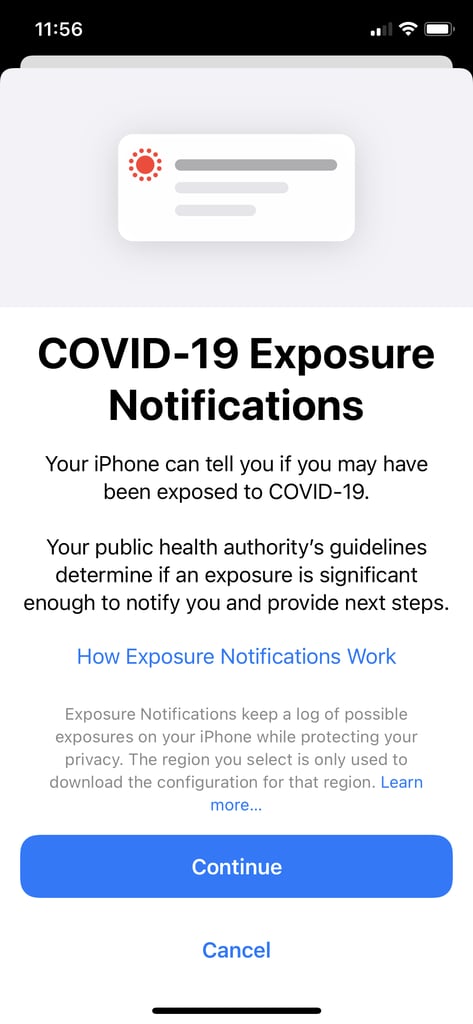
Next, Select Your Country or Region From the Drop-down List
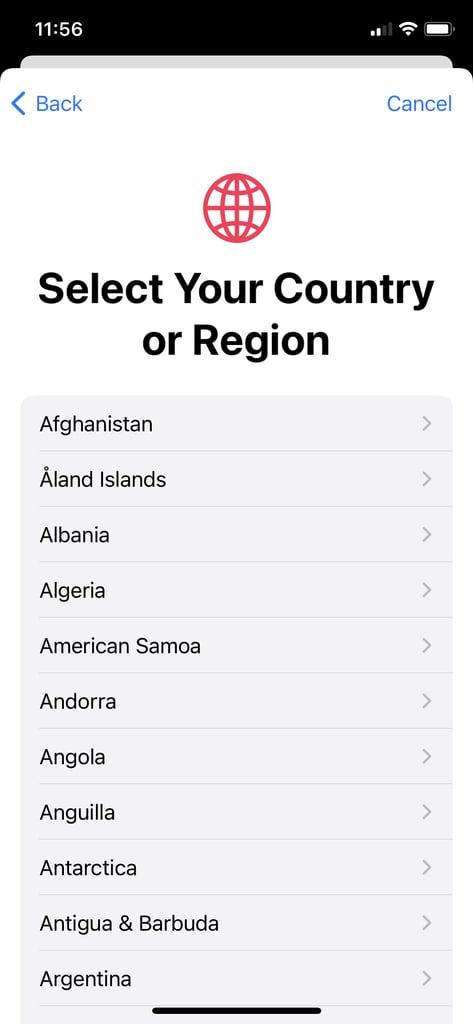
If You're in the U.S., Select Your State or Region
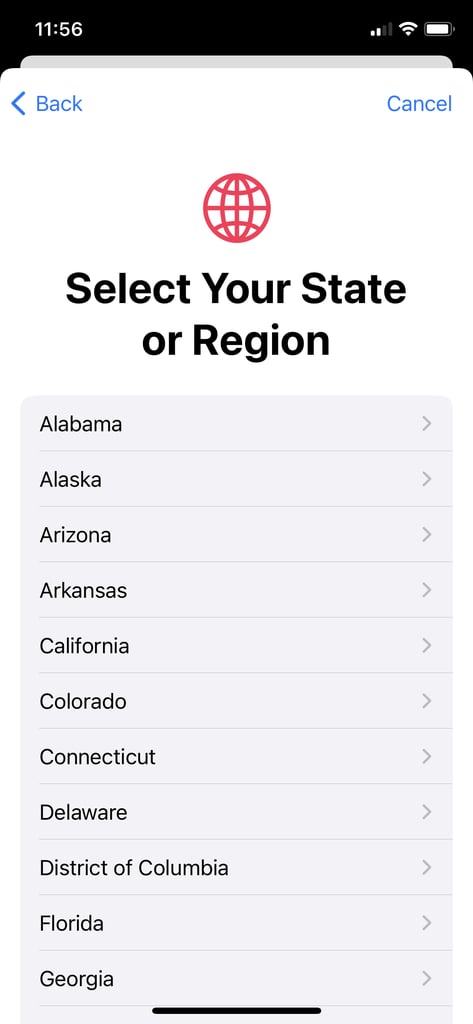
Find Out More About Your State's Approach to the COVID-19 Notification System
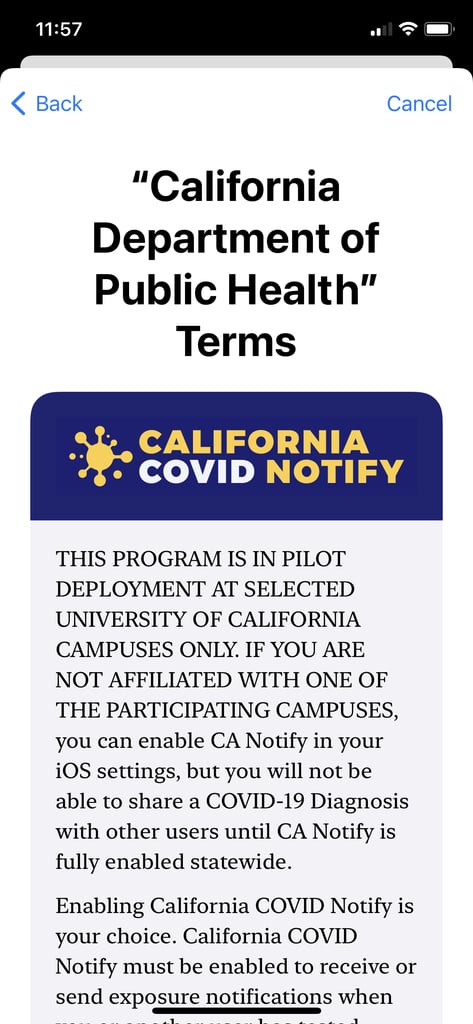
After You've Turned on Notifications, Hit "Done," and Keep an Eye Out For Any Exposure Alerts
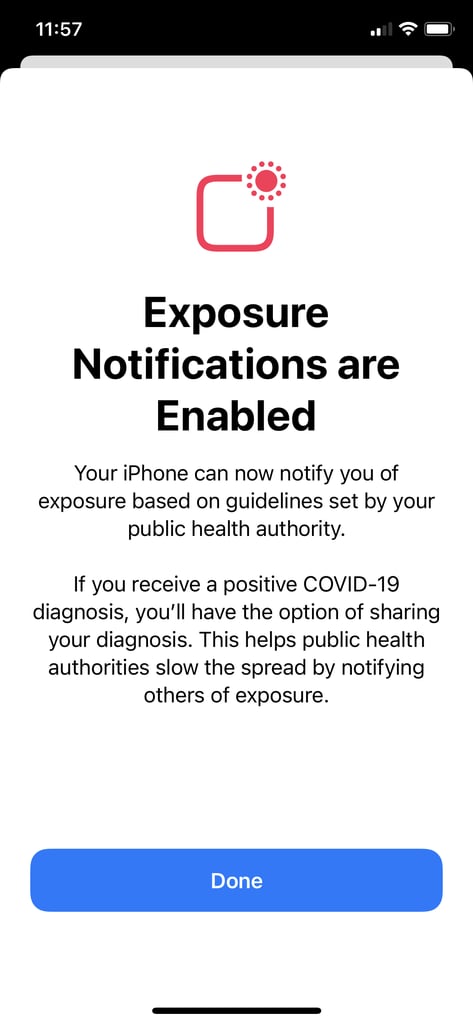
If You're Exposed to COVID-19, You Can Share Health Updates Under "Share a COVID-19 Diagnosis"
